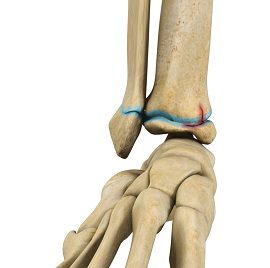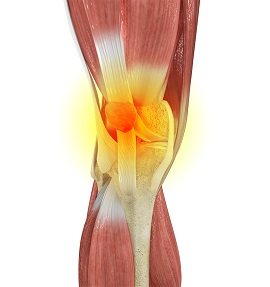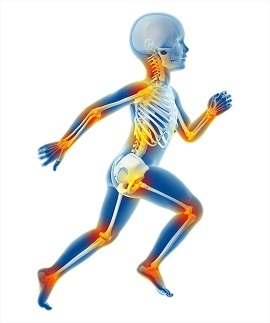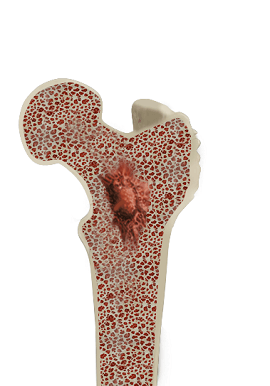-
Pediatric Fractures

Fractures occur when the bone is subjected to excessive stress than normal. It is very common in children because of the presence of a growth plate which is the area of the child’s bone that consists of cartilage cells that transform into solid bone as the child grows. Growth plate fractures occur more often because it is the weakest area in the bone.
-
Musculoskeletal Injuries

Musculoskeletal injuries are any injuries causing damage to bone, cartilage, muscles, ligaments, tendons, nerves and related structures. They can occur in any area of your musculoskeletal system such as the neck, back, hips, knees, shoulders, or elbows.
-
Childhood Injuries

Children are prone to injuries as they are curious to experiment or explore without considering the risks involved. According to statistics, 45% of childhood injuries sustained during playground activities are of a serious nature (fractures, dislocations, and concussions).
-
Scoliosis

Scoliosis is a condition characterized by the abnormal curvature of the spine that causes a deviation to one side. It causes a physical deformity, making the spine look like the letter “C” or “S” instead of the letter “I”. Scoliosis can affect either the mid or lower back. Scoliosis of the mid back is more common. Scoliosis can occur at any age.
-
Musculoskeletal Infections

A musculoskeletal infection is the invasion of an individual’s muscles, bones, or joints by disease-causing organisms, their multiplication, and the reaction of the individual’s body tissues to these organisms and the toxins they produce. Most musculoskeletal infections are usually caused by bacteria. Infection in the bones, joints, or muscles may occur at any age and can spread swiftly through an individual’s blood, bones, and tissues.
-
Short Stature

A child or adolescent is short-statured when her/his height is below average compared to children of the same age and sex. Since height is determined genetically, a child is normally shorter if one or both parents are below average height. Some children may be small for their age but continue to grow when their peer group have stopped growing. This is called ‘Constitutional Growth Delay’. However, short stature may be associated with underlying medical conditions.






